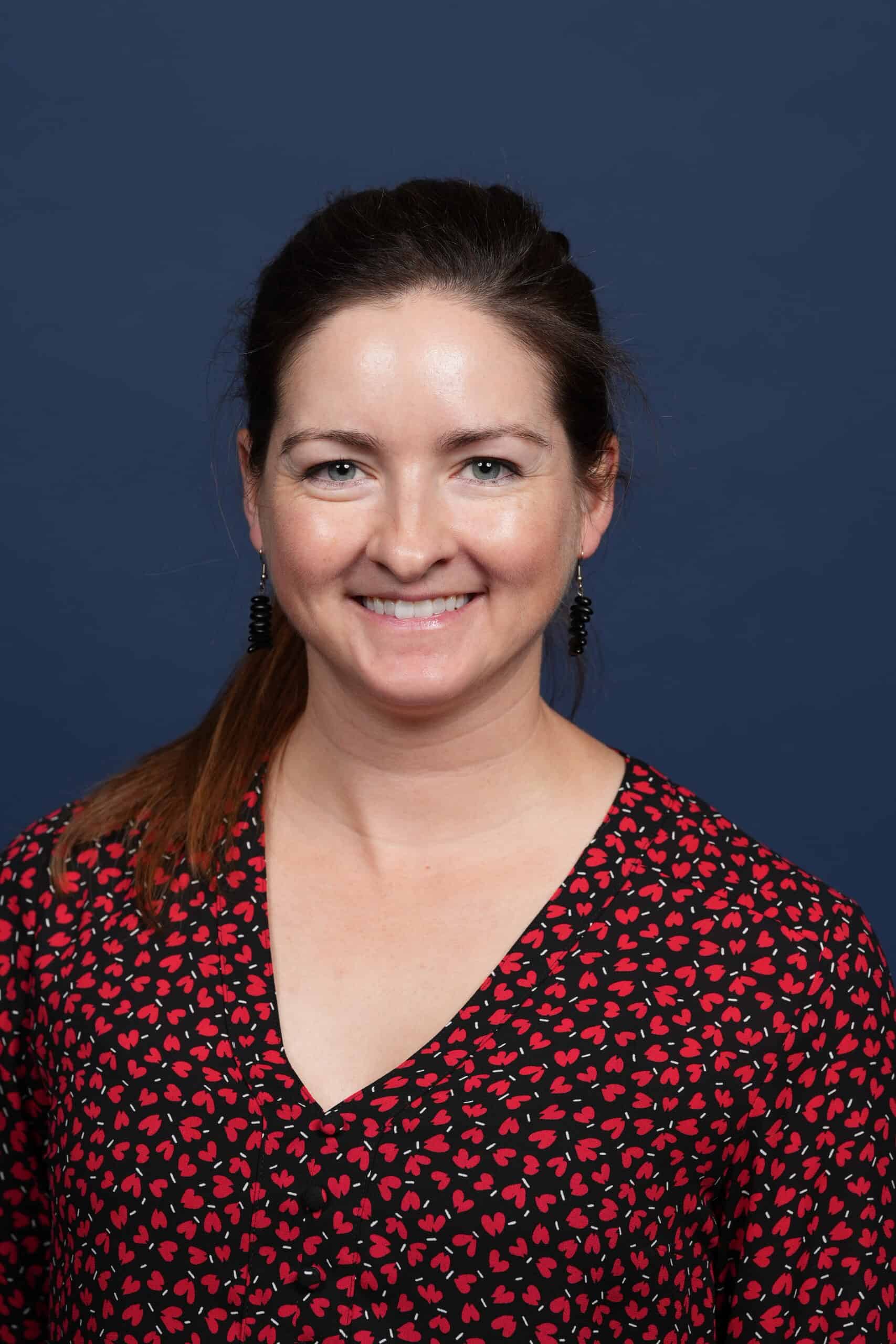Laminitis Treatment with Stem Cells
Stem cell therapy is a regenerative approach that has gained much press recently as a potential method for treating equine injuries. While scientific studies on its efficacy are scarce, Scott Morrison, DVM, of Rood & Riddle Equine Hospital’s podiatry unit, in Lexington, Ky., and other practitioners are using various stem cell approaches in their practice and recording results. Morrison described his success with umbilical cord-derived stem cells in nonresponsive chronic laminitis cases at the 6th International Equine Conference on Laminitis and Diseases of the Foot, held Oct. 28-31 in West Palm Beach, Fla.
Using traditional treatment methods, Morrison has previously had an 18% success rate (e.g., a return to pasture soundness) treating chronic, uncompensated (unstable coffin bone, or "sinker") laminitis cases; 88% success treating horses suffering from severe coffin bone rotation with sole penetration; and 44% success treating severe coffin bone disease (bone loss) cases. With the hope that stem cells could help promote better-quality tissue growth in the diseased foot, Morrison recently examined whether adding stem cell therapy to routine laminitis treatment (e.g., foot casts, deep flexor tenotomy, hoof wall resection, anti-inflammatory therapy, etc.) could improve success rates.
Morrison relayed that he has used allogenic (from umbilical cord blood) stem cell therapy in 31 cases–three with severe rotation of the coffin bone within the hoof capsule, and the rest "sinkers." He said he chose to use allogenic cells because it’s crucial to begin treatment on these cases as soon as possible–veterinarians typically don’t have time to collect and harvest the horse’s own cells (which takes four to six weeks).
In these cases Morrison delivered 25 million cells directly to the affected foot via regional perfusion (placing a tourniquet on the limb and injecting cells into a vein below the tourniquet) for 20-30 minutes. The average case received three doses of 20-25 million cells, or treatment every three to four weeks as needed. As soon as a month after treatment began, Morrison reported seeing new sole growth and coronary band regeneration of healthy wall in several horses. Among the 31 cases, he had success (again, pasture soundness) treating 65% (13/20) of acute sinkers, 100% (3/3) of severe rotation cases, and 37.5% (3/8) of severe bone disease cases using stem cell therapy. However, Morrison noted the first successful case is only 14 months out from initial treatment, and he still needs to determine long-term success rates
Create a free account with TheHorse.com to view this content.
TheHorse.com is home to thousands of free articles about horse health care. In order to access some of our exclusive free content, you must be signed into TheHorse.com.
Start your free account today!
Already have an account?
and continue reading.

Written by:
Alexandra Beckstett
Related Articles
Stay on top of the most recent Horse Health news with















